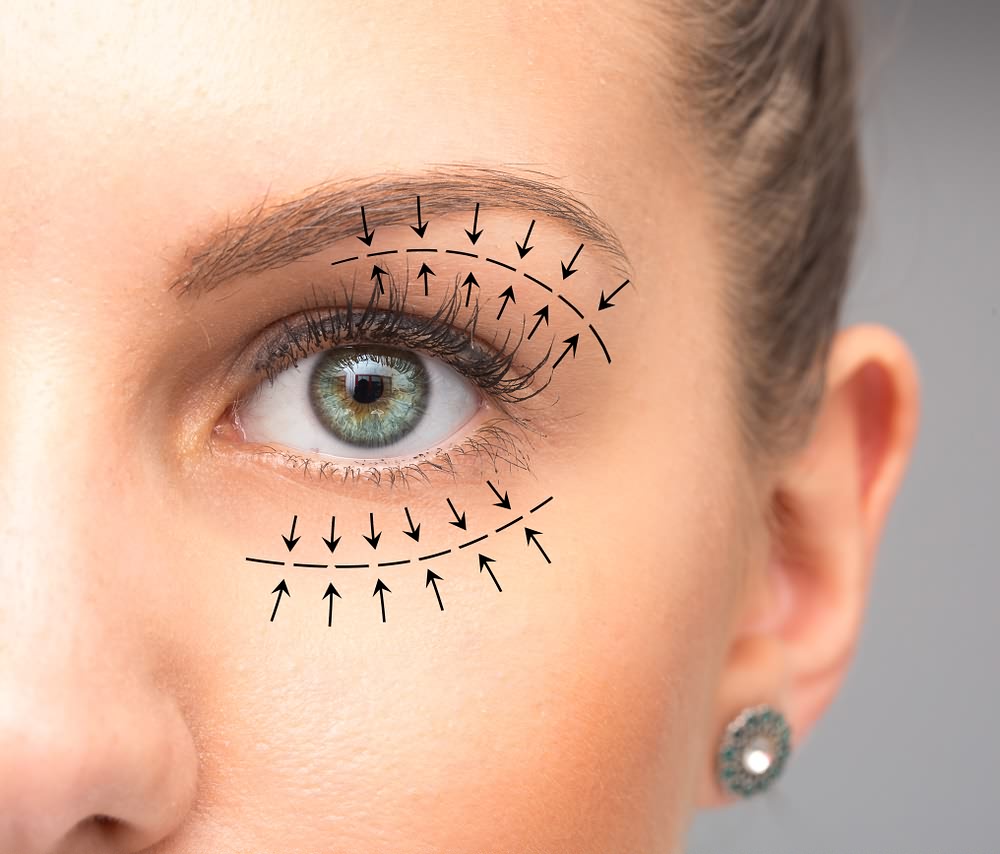Surgical, Laser, and Non-Surgical Blepharoplasty: Which One to Choose?
Blepharoplasty is a popular surgical procedure aimed at correcting the shape and function of the eyelids. Thanks to advances in modern plastic surgery, patients can choose between surgical, laser, and non-surgical methods. Each of these approaches has its own advantages, disadvantages, and indications for use. In this article, we will explore the key aspects of each method to help patients choose the best approach.
Surgical blepharoplasty
Surgical blepharoplasty is a classic method for correcting drooping eyelids. It involves removing excess skin, fat deposits, and correcting the eyelid muscles. The operation is performed under local or general anesthesia.
As a rule, surgical blepharoplasty provides long-lasting results: the effect can last for decades. It also allows for the elimination of significant defects, such as ptosis or pronounced eyelid hernias.
If this operation is performed by a qualified plastic surgeon, the risk of side effects is usually minimal, and the recovery period lasts 2-4 weeks, depending on the individual characteristics of the patient's body.

Laser blepharoplasty
Laser blepharoplasty uses a modern laser to correct the shape of the eyelids. It can include both the removal of excess skin and the stimulation of regenerative processes.
Compared to surgical blepharoplasty, laser blepharoplasty is a less traumatic method of correcting drooping eyelids, with recovery taking only 7-14 days. An additional positive effect is that the laser stimulates collagen production, which improves the quality of the eyelid skin.
However, laser blepharoplasty is less effective for removing large excess eyelid skin, so patients with complex cases will still be recommended the first method by a plastic surgeon.
Non-surgical blepharoplasty
Non-surgical blepharoplasty includes methods that do not require a scalpel, such as plasmolifting, RF lifting (radiofrequency therapy), hyaluronic acid or botulinum toxin injections.
These methods have relatively low risks for the patient, as there is no need for anesthesia or surgical intervention. Most procedures take only 30-60 minutes, and the recovery period usually lasts up to a week. After that, the patient can already enjoy the result.
The main disadvantage is the temporary effect: it is recommended to repeat the procedures every 6-12 months. Also, non-surgical blepharoplasty methods cannot eliminate significant anatomical defects of the eyelids and are usually suitable for the prevention of aging.
Which blepharoplasty method should you choose?
The choice of blepharoplasty method depends on many factors: the patient's age, the degree of anatomical changes in the eyelid skin, the desired result, etc.
1. The surgical method is suitable for patients with pronounced changes or ptosis.
2. Laser blepharoplasty is recommended for those who want quick recovery and moderate eyelid correction.
3. Non-surgical blepharoplasty is optimal for young patients who want to slightly correct their appearance.
Thus, each method of blepharoplasty has its own advantages and limitations. To achieve the best result, it is important to consult with an experienced plastic surgeon who will take into account the individual needs and capabilities of the patient.
Contact me
Plastic surgeon
Ukraine, Kyiv, Shchekavytska St., 9a
(Clinic "Nove Tilo")


